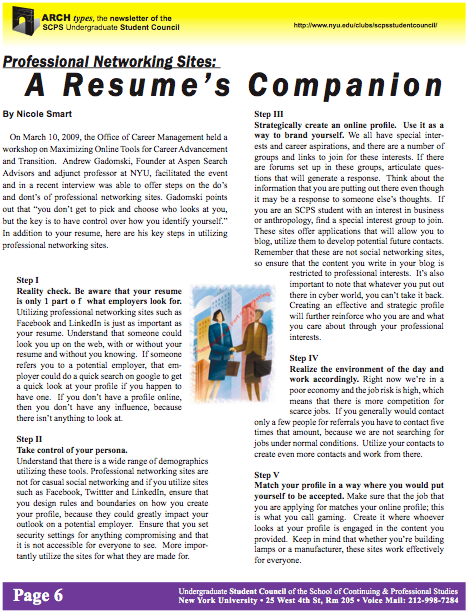Building a Business Case for HR Technology – Ask Questions to Get Grounded in Business Strategy
I have to thank our friends at HRMAC (the Human Resources Management Association of Chicago) for driving this topic to the top of the list lately. That group has asked me to moderate a panel on how to build a business case and create a ROI for HR Technology. The event can be found here on our blog, and you can register for it by going to our events page. It is being held on November 12.
What is HR Technology? Exactly as it sounds. Any kind of technology that is used by HR and enables the line. Payroll, contingent labor, applicant tracking, enterprise planning, onboarding, offboarding, performance management, intranets, sharepoint, etc. These all are viable types of HR Technology.
But the reasons to use these types of tools has changed over the years. I had discussions with several leaders in the industry (listed below) and crafting a business plan or ROI case is little different than it used to be. Our panel includes:
- Bill Gilbert – leader at FutureStep and a former CFO
- Jacqueline Kuhn – a long time expert, and full time consultant in the evaluation and implementation of HR technology
- Shirley Roberts – Manager of Organization Transformation at US Cellular
- Bryon Abramowitz – consultant at Knowledge Infusion, specializing in HR technology
I have asked our panelists and members of the audience of November 12 to comment on this blog post to keep the conversation going.
ROI 10 years ago is not ROI now
You have to first realize that. We have advanced the use of technology so much in our everyday office lives, that most organizations have leaned out administration and people more than they think. We have fewer opportunities to reduce staff as a result of technology. As a simple example, the introduction of a new expense reporting system will likely change out people using a Microsoft office template, rather than people handwriting. Of course other advantages will be included, but the initial savings of time is greatly reduced.
We Enable Different Stuff
What we use technology for now is different than it was years ago, and to make the idea even more complex we have more choices. You have to really think what are the 1, 2, or 3 behaviors or processes that you want to focus on, and then match the appropriate technology.
The panel that I am moderating is going to talk about building a business case, and identifying key performance indicators or ROI measures that you can use.
To get started, start by asking yourself some questions that help you understand if you have the right leadership around this technology project, if the vision is clear or blurry, and if a successful project is even feasible.
Leadership – Do you have the support you need?
Did you collect lessons learned from previous technology evals or installs?
Did management tell you to build a plan that includes tech?
Will the technology be abandoned under pressure?
Are there competing objectives or initiatives internally?
Does management respond well to change?
Is management going to micro-manage? (this is bad)
Do you have a project mission?
Do you have support for having a technology partner?
Are you operating under severe constraints? (pressure is bad)
Has your team had failure in regards to technology before?
Key stakeholders identified?
Vision – How well can you see?
Did you do a risk analysis?
Does management really understand the end user problem?
Critical success factors identified?
Did you SWOT?
What is the worst case scenario to the install or project undertaking?
Can you prototype or test? Can you replicate and scale?
Take longer than 12 months to implement? (bad)
Do you have an exit strategy from the plan?
Are Social or behavioral impacts supporting?
Has management been asking lots of questions? (this is good)
Do you have alternatives?
Is this a silver bullet? (this is bad)
Feasibility – can you really do this successfully?
Strong commitment from management?
Clear vision statement?
Have you documented all your findings and research to produce the business case?
Did you do an organizational change analysis?
Is this technically, politically, and financially viable?
Big gap between what is done now and what you are proposing?
Did you estimate the workload?
How are you managing quality?
Do you have multiple options, each of which will solve the problem? (if not, this is bad)
Got budget? Is it appropriated?
System costs, staffing costs, training costs, implementation costs, initial start up costs, and maintenance costs captured?
There are so many more questions you need to ask just to make sure you can even get this done. Doing the RFP and signing a contract is easy. The vendors have made it easy for you.
Make sure you are grounded in the business strategy, and enabling the business. Get leadership buy in and support, have a strong path and vision, and make sure that your project is well scoped and viable.
Then build a strong business case, and present your findings. With approval and strong roadmap, you should have a much more rewarding experience and impact to the organization with the technology.




